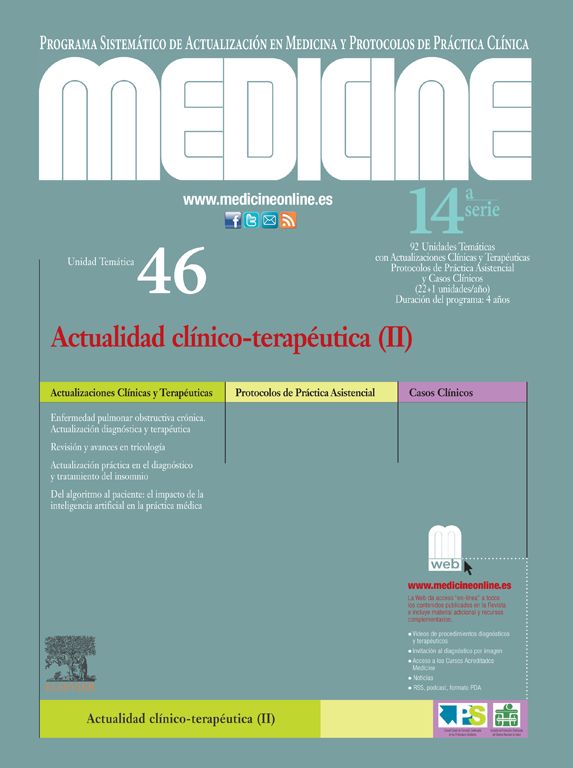La hipertensión arterial (HTA) es la principal causa de muerte en el mundo. Su mantenimiento es posible por la disfunción de diferentes órganos y sistemas que normalmente participan en el control de la presión arterial (PA) para mantener una adecuada perfusión tisular. El riñón es el principal regulador de la PA a largo plazo. Un estricto equilibrio entre la producción y el metabolismo de sustancias vasoactivas que regulan la excreción de agua y sodio a través del sistema renina-angiotensina-aldosterona (SRAA) modula la PA. No obstante, nuevos mecanismos descritos en la última década podrían explicar la variabilidad de la PA en los pacientes. La sobrexpresión de cotransportadores de sodio a nivel renal parece escapar al efecto regulador del SRAA. Además, el sistema inmune y la microbiota intestinal parecen tener un papel importante y novedoso. La producción de algunas citoquinas inflamatorias promueve la reabsorción tubular de sodio y sobreactivación intrarrenal del SRAA. La proliferación de fermicutes, proteobacterias y Prevotella en sujetos con HTA sensible a la sal les predispone a un control más difícil de la PA. El estudio de estos nuevos mecanismos podría no solo establecer nuevas dianas de tratamiento, sino también explicar por qué la mejoría en el control de la PA no ha sido suficiente para reducir las comorbilidades y el riesgo cardiovascular asociado a HTA.
Palabras clave
Hypertension (HT) is the main cause of death in the world. It is maintained thanks to the dysfunction of different organs and systems that normally take part in controlling blood pressure (BP) to ensure adequate perfusion of the tissues. The kidneys are the main regulators of BP over the long-term. A strict balance between the production and metabolism of vasoactive substance that regulate the excretion of water and sodium through the renin-angiotensin-aldosterone system (RAAS) modulates BP. Nevertheless, new mechanisms described in the last decade could also explain the variability of BP in patients. The overexpression of sodium cotransporters at renal level seems to escape from the regulatory effect of the RAAS. Moreover, the immune system and intestinal microbiota seem to play an important and newly discovered role. The production of certain inflammatory cytokines promotes the tubular reabsorption of sodium and the intrarenal over-activation of the RAAS. The proliferation of fermicutes, proteobacterias and Prevotella in subjects with salt-sensitive HT predisposes them to more difficult control of BP. Studying these new mechanisms may not only discover new treatment targets, as it may also explain why the improvement in BP control was not enough to reduce the comorbidities and cardiovascular risk associated with HT.
Keywords
Identifíquese
¿Aún no es suscriptor de la revista?
Comprar el acceso al artículo
Comprando el artículo el pdf del mismo podrá ser descargado
Teléfono para incidencias
De lunes a viernes de 9h a 18h (GMT+1) excepto los meses de julio y agosto que será de 9 a 15h



